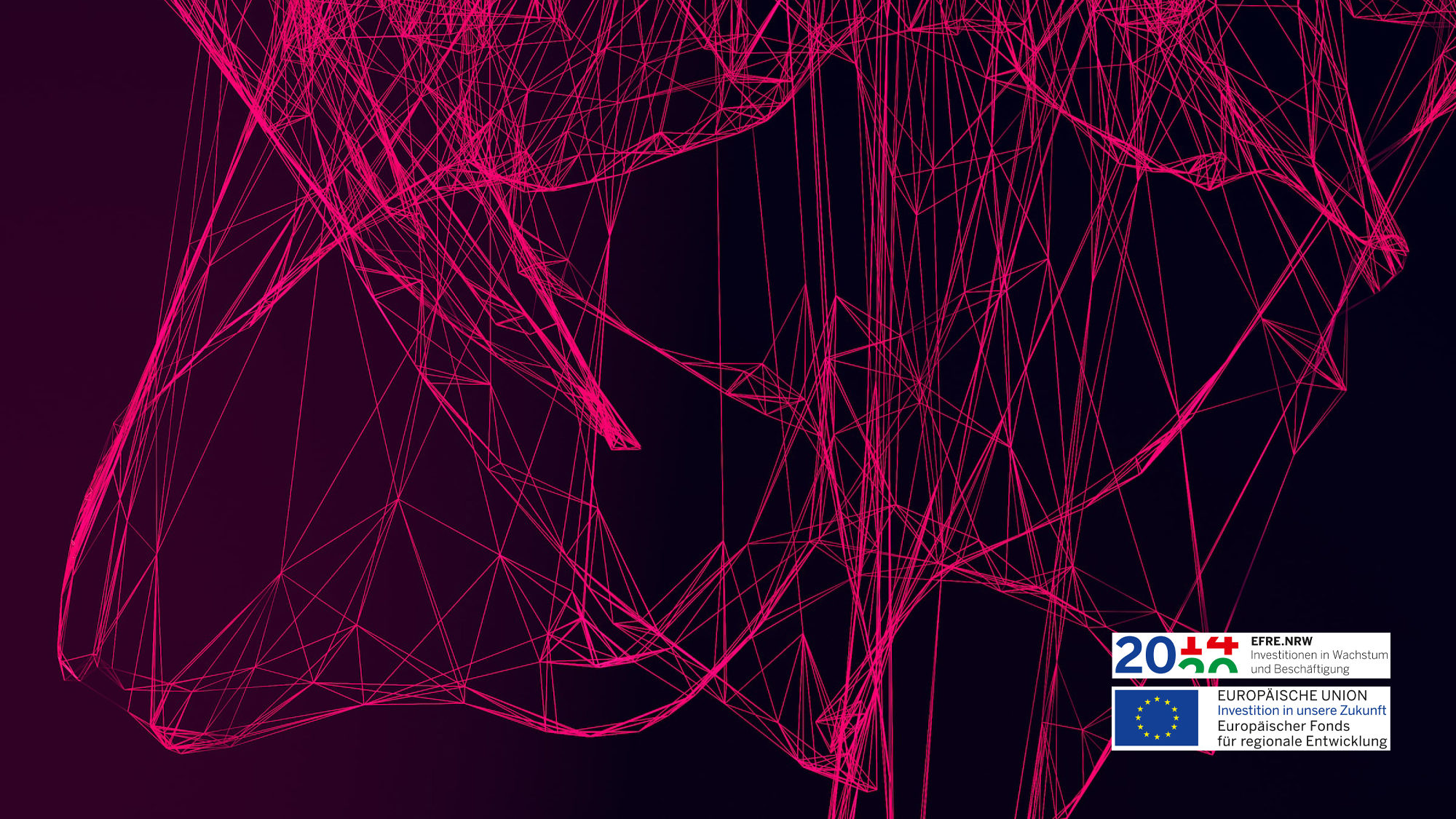Reha-To-Go
A mobile gait lab

RehaToGo
A mobile gait lab
Thanks to sensors in clothing, in future physicians will be able to monitor and correct patients’ movement patterns even after they have been discharged from hospital. Patients suffering from gait problems, such as those in the recovery phase after surgery, will be able to contact their doctors directly – even if they’re at home: A research team with the participation of Fraunhofer FHR and the Ruhr University Bochum (RUB) is developing a mobile system that continuously measures everyday movements, gives patients direct feedback and allows doctors to closely monitor and optimize recovery processes. The »RehaToGo« project, led by the Duisburg-based company »ID4us« is being funded with around 2.1 million euros from the European Regional Development Fund.
Patients become invisible
If walking is difficult due to an accident, illness or immediately after hip or knee surgery, specialized centers can perform a gait analysis to determine where the problem lies and how best to treat it. Physical therapy exercises or assistive devices can then help patients recover. After discharge from the hospital, however, sufferers become invisible: no professional monitors whether healing continues or even damage develops which results from permanently incorrect movement patterns. “For many practices, the complex gait analysis is way too expensive,” says Prof. Dr. Thomas Kaiser of »ID4us«.”
This is where the »RehaToGo« team comes in: The researchers involved want to develop a new way of measuring the movement of arms and legs based on radio frequency identification (RFID) technology. RFID labels, so-called tags, are to be integrated into everyday clothing so that miniature readers can read and process the movement patterns of their wearers. The task of the scientists at Fraunhofer FHR together with the Chair of Integrated Systems at RUB headed by Prof. Dr. Nils Pohl is to couple the RFID technology with high-frequency radar systems in order to precisely track the individual tags on the body.
Gaining real-time online feedback
Patients can thus receive direct online feedback on the course of movement or the execution of physiotherapeutic exercises. The attending physicians can use telemedicine to detect harmful gait patterns and closely monitor the course of recovery, optimizing treatment accordingly. In this way, a large group of patients and treatment providers will have access to a technology whose cost-intensive variant was previously only available to a small elite of specialized centers.
At the Department of Orthopedics and Trauma Surgery at the University of Duisburg-Essen of Prof. Dr. Marcus Jaeger, St. Marien Hospital Muelheim/Contilia, this new technology is being applied for the first time to patients after joint replacement. “Online monitoring will improve the quality of treatment, increase patient safety and at the same time shorten the hospital stay,” says clinic director Jaeger happily.
In this context, Asmblx is implementing the visualization app, which can be used to evaluate the data collected on the move as well. Our contribution here is to provide convenient usability for medical staff and later also for the patients themselves.
Cooperation partners
Under the leadership of the company »ID4us«, the consortium includes the Ruhr University Bochum, the Fraunhofer Institute for High Frequency Physics and Radar Technology FHR, the company Asmblx, the University of Duisburg-Essen, the Heinrich Heine University Duesseldorf, the University Hospital Essen, the University of Paderborn and the company Luttermann.
Funding
The project is funded with 2.1 million euros from the European Regional Development Fund ERDF.
